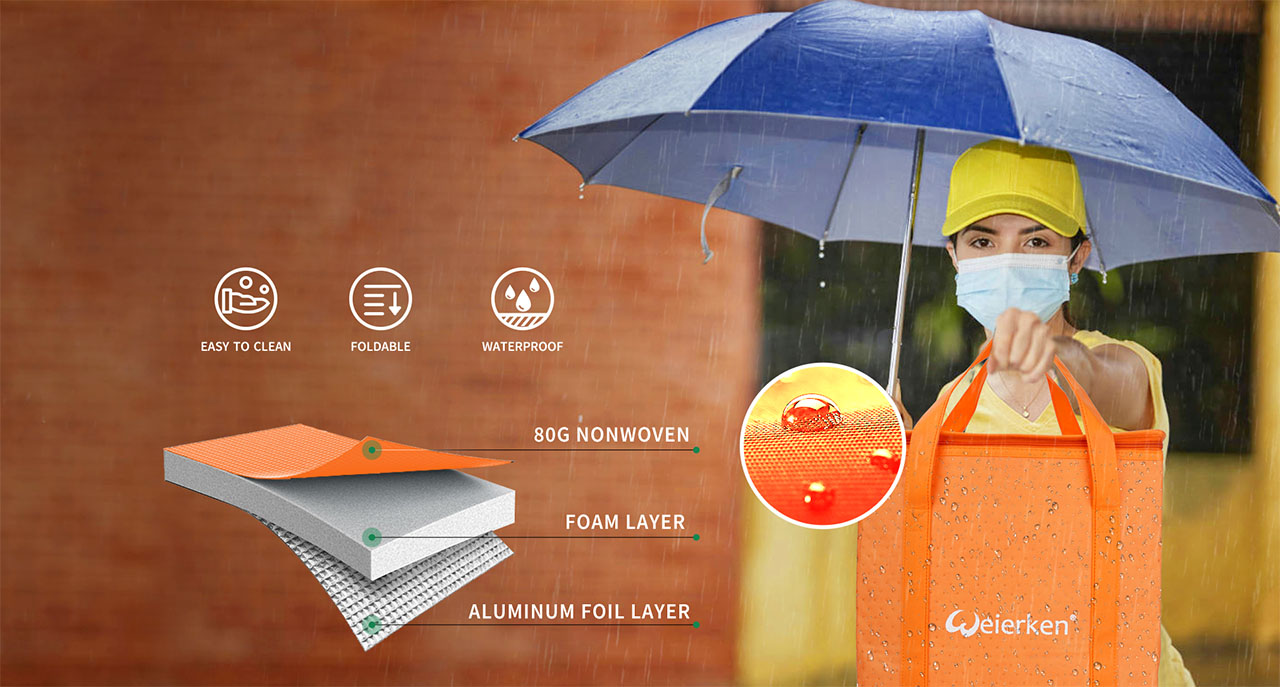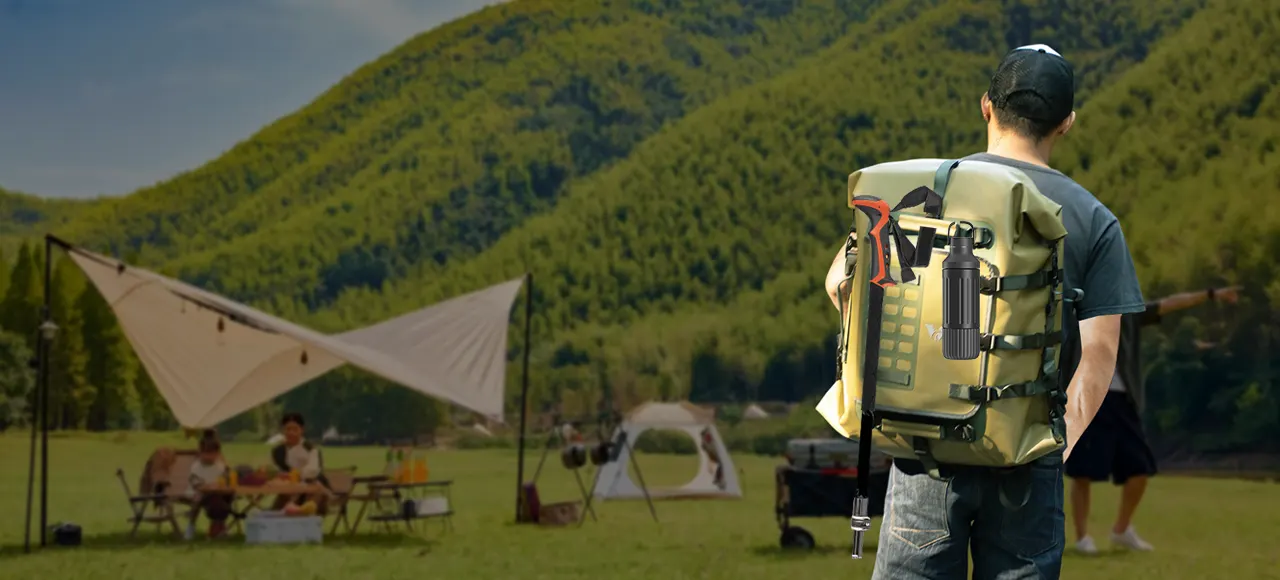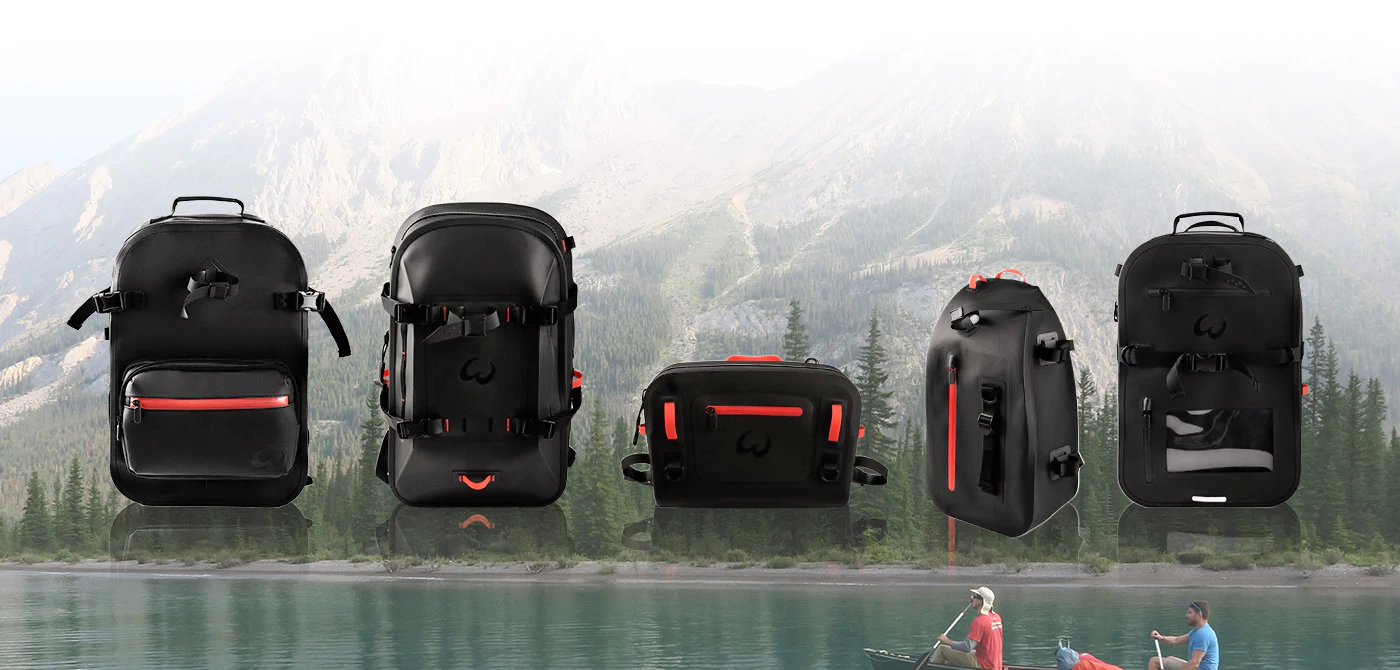Fishing being a popular outdoor activity, it is vital for fishing enthusiasts to have a functional and well-designed fishing bag. Not only does a fishing bag provide convenient storage space, but it also helps anglers keep their tackle organized and safe. In this article, we will explore the essential features and designs of a fishing bag to meet the needs of fishing enthusiasts.
Adequate storage space: a great fishing bag should provide ample storage space for a variety of fishing gear and accessories. Fishing enthusiasts usually need to carry a variety of rods, lines, lures, hooks and other accessories, so a spacious storage space is essential. The interior of your fishing bag should be well-designed, including divider storage pockets, zippered pockets and mesh pockets to make it easier to categorize your fishing tackle and accessories.

Compartmentalized storage system: In addition to ample storage space, a good fishing bag should also have a compartmentalized storage system that allows fishing enthusiasts to organize and store their tackle in an orderly manner. This design helps to avoid bumps and tangles between tackle, providing better protection and ease of access. Compartmentalized storage systems can be achieved through internal dividers, adjustable dividers or removable storage bags to accommodate different sizes and shapes of tackle.
Fixing system for fishing rods and poles: in order to protect fishing rods and poles, the fishing bag should be designed with a solid fixing system to prevent them from being damaged during transportation. This can be achieved by means of internal rod sleeves or elastic straps, for example. Rod sleeves are usually located on the side or bottom of the fishing bag to hold the rods in place and prevent them from wobbling and bumping while traveling. Elastic straps, on the other hand, can be used to secure the rod to the top or side of the fishing bag, ensuring it is stable and secure.
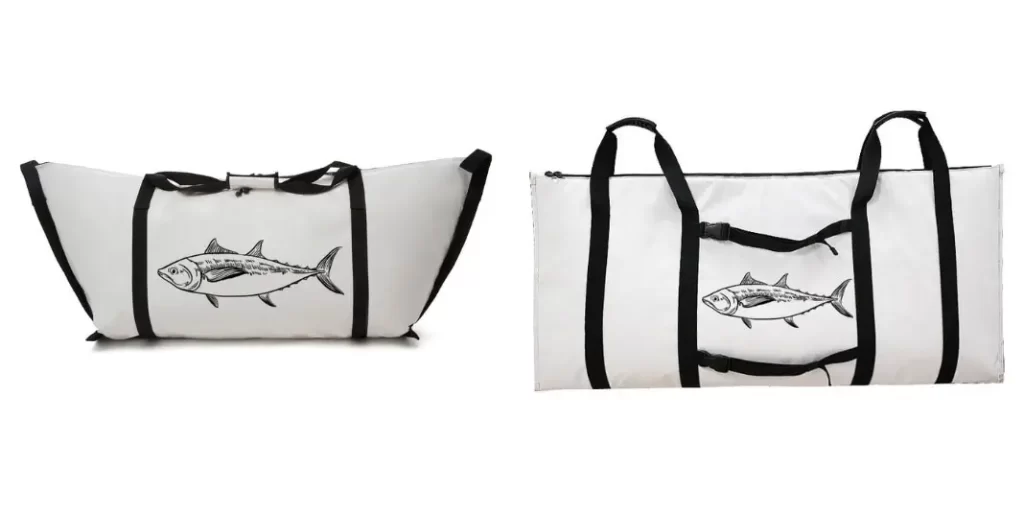
Sorting and storing lures and hooks: a good fishing bag should offer sorting and storing features so that lures and hooks can be stored separately to avoid confusion and damage. This can be achieved through internal pouches, clear storage boxes or adjustable dividers. Categorized storage not only makes it easier for anglers to find the lures and hooks they need, but also prevents confusion and cross-contamination between them.
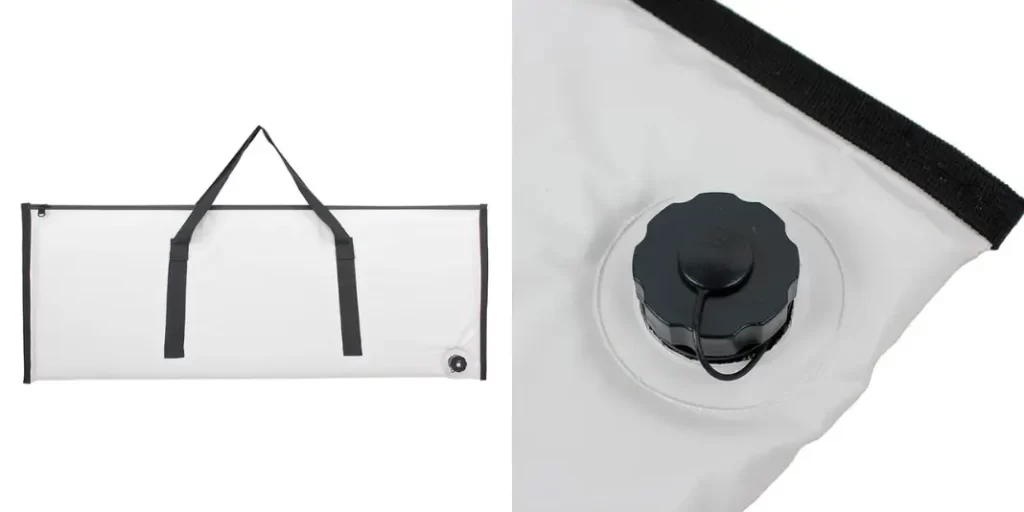
Comfortable Carrying: In addition to storage features, fishing bags should also be designed with comfortable carrying in mind. Prolonged fishing activities may require the angler to carry the bag for a long period of time, so a comfortable carrying method is crucial. A good fishing bag should be equipped with adjustable shoulder straps and waistbelt to ease the burden of carrying and ensure balanced weight distribution. The shoulder straps and waistbelt should also feature comfortable padding and breathable materials for extra comfort.
Durability and waterproofing: a waterproof fishing bag should be used to protect the tackle from the natural elements. Common fishing bag materials include abrasion-resistant nylon, waterproof polyester, and strong canvas. These materials are able to withstand rain, mud, and other external elements that can damage your fishing tackle and keep your fishing bag looking and performing for a long time.
About our factory(View more):
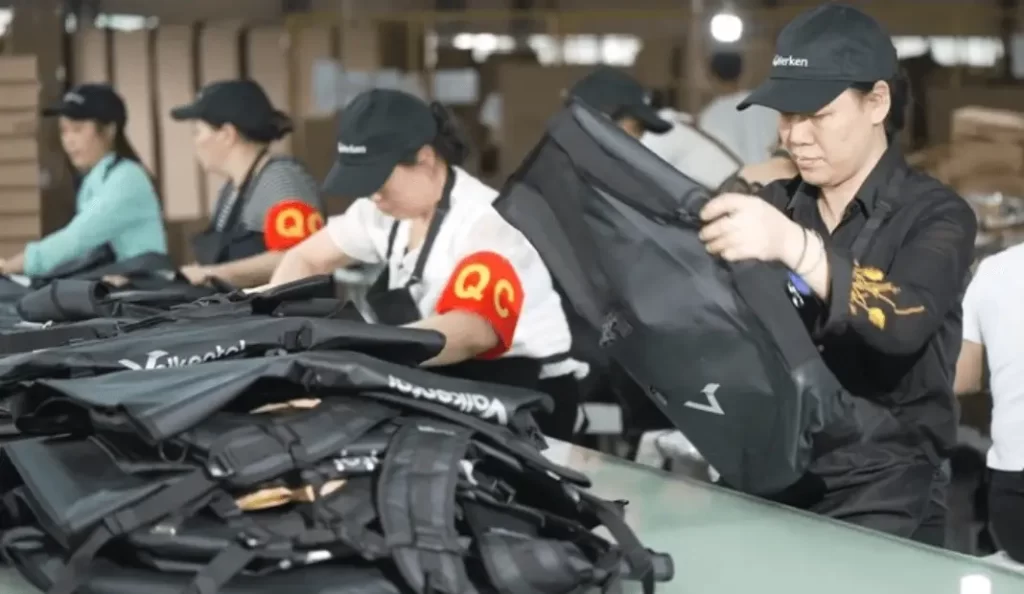
To summarize, a great fishing bag should have ample storage space, a compartmentalized storage system, a rod and rod retention system, categorized storage for lures and hooks, a comfortable carrying style, and durable waterproof performance. These features and designs will provide convenience and organization for fishing enthusiasts so that they can enjoy fishing better.



